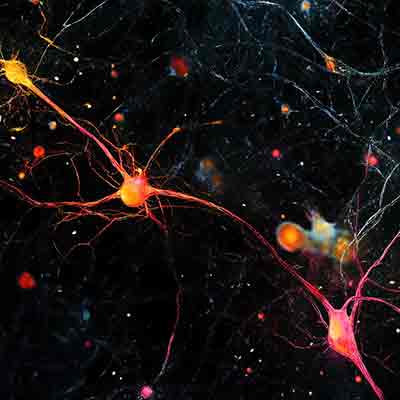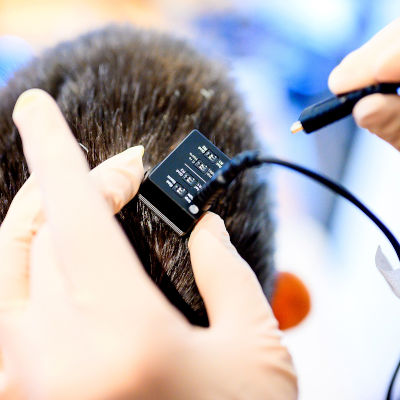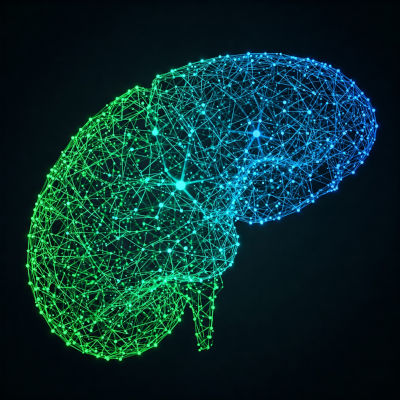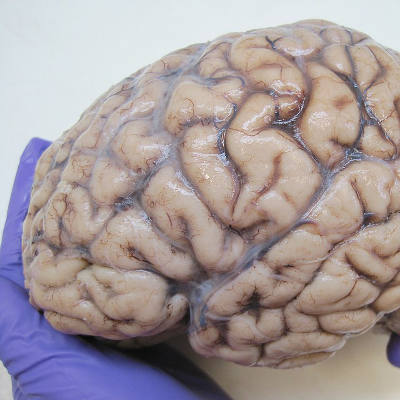Scientists map brain connections with advanced silicon chip technology
Feb. 14, 2025.
1 min. read.
2 Interactions
Researchers used a silicon chip with thousands of tiny electrodes to record synaptic connection signals from about 2,000 rat neurons.
Harvard researchers have developed a new way to study how brain cells connect and communicate. They used a silicon chip with thousands of tiny electrodes to record synaptic connection signals from about 2,000 rat neurons. Synaptic connections are points where neurons touch and communicate with each other.
The researchers have described the methods and results of this study in a paper published in Nature Biomedical Engineering.
Neurons form the basis of brain functions through their connections. Each connection, or synapse, has a strength that affects how neurons interact. While electron microscopy can show these connections visually, it doesn’t reveal how strong they are. A traditional method, called patch-clamp recording, measures this strength but can only handle a few neurons at once.
Massive amount of data from over 70,000 synaptic connections
The Harvard team created a chip with 4,096 microhole electrodes. This allowed them to record from many neurons simultaneously, capturing over 70,000 synaptic connections. This is a huge leap from their previous work with nanoneedle electrodes, which could only capture about 300 connections.
“The integrated electronics in the silicon chip plays as equally an important role as the microhole electrode, providing gentle currents in an elaborate way to obtain intracellular access, and recording at the same time the intracellular signals,” says one of the researcher in a Harvard press release.
This new technique is not only more effective but also easier to implement. The chip’s design allows for high-quality data, helping researchers understand the nature and strength of each connection.
The researchers note that one of the biggest challenges, after achieving a massively parallel intracellular recording, was how to analyze the overwhelming amount of data. The team has made significant progress in analyzing this data to uncover how neurons connect.
The researchers are now looking to adapt this technology for use in living brains.
Let us know your thoughts! Sign up for a Mindplex account now, join our Telegram, or follow us on Twitter.


.png)

.png)


.png)





0 Comments
0 thoughts on “Scientists map brain connections with advanced silicon chip technology”